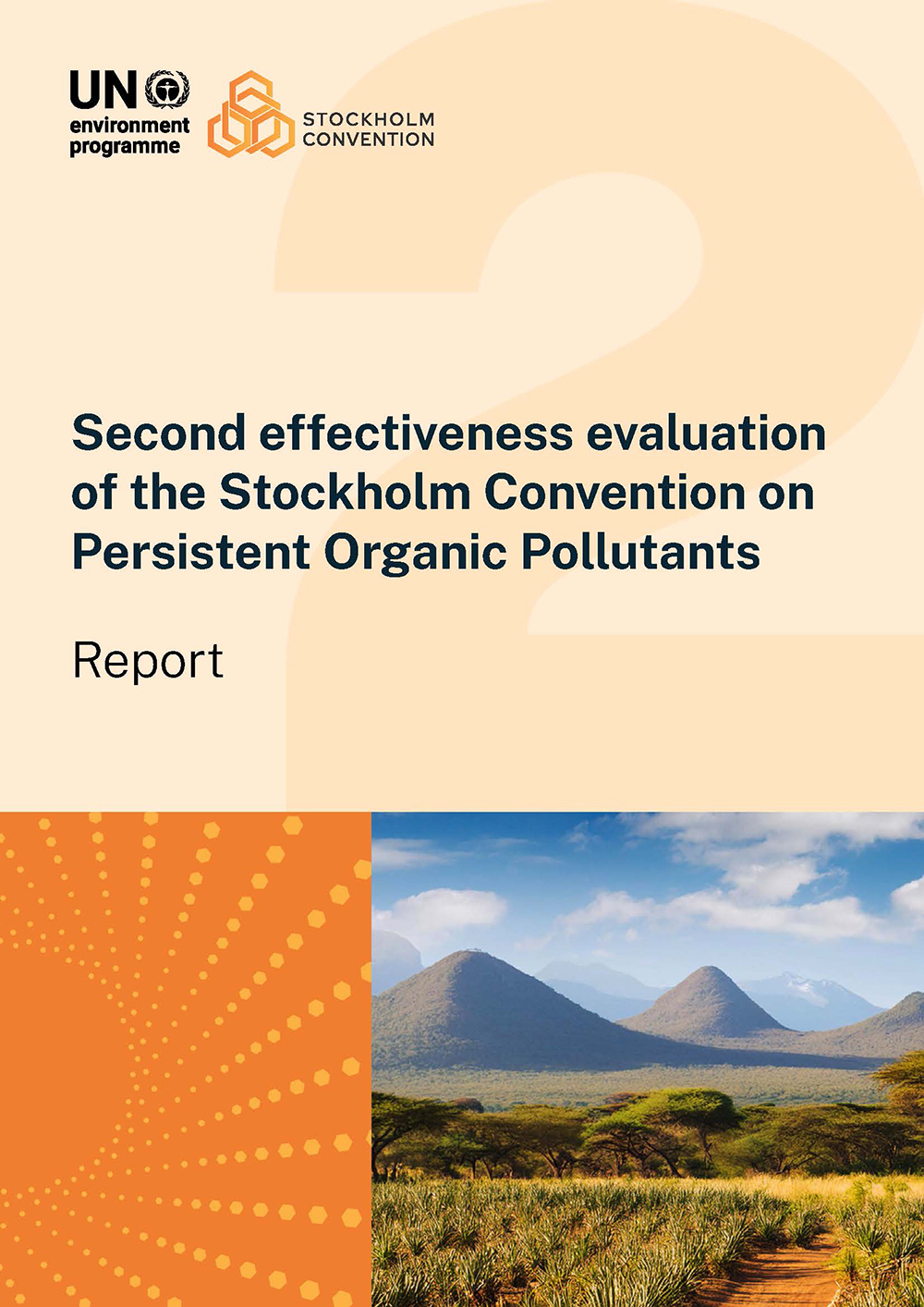Overall outcomes of the second effectiveness evaluation
The committee concluded among other things, that the Convention provides an effective and dynamic framework to regulate POPs throughout their lifecycle, addressing the production, use, import, export, releases and disposal of these chemicals worldwide. The report of the second effectiveness evaluation notes progress that has occurred since the first evaluation but highlights that there continues to be ongoing issues that hinder the full implementation of the Convention. Mechanisms and processes required by the Convention to support Parties in meeting their obligations have all been put in place, with the exception of procedures and mechanisms on compliance. As for the first evaluation, a major challenge to the evaluation continues to be the limited data available from national reports and national implementation plans (NIPs), and recommendations have been made to address those and other implementation issues. Monitoring results indicate that regulations targeting POPs have succeeded in reducing levels of POPs in humans and the environment. For the initial POPs, concentrations measured in air and in human populations have declined and continue to decline or remain at low levels due to restrictions on POPs, some of which predated the Stockholm Convention and are now incorporated in it. For the newly listed POPs, concentrations are beginning to show decreases, although in a few instances, increasing and/or stable levels are observed. The priority areas for action to address implementation challenges identified in the second effectiveness evaluation include the following:
- Strengthening legal, administrative and other measures to control POPs;
- Addressing compliance, by establishing compliance procedures and mechanisms;
- Strengthening information collection;
- Strengthening environmentally sound management of POPs waste;
- Strengthening awareness-raising and information exchange;
- Strengthening the provision of technical assistance;
- Strengthening the provision of financial assistance;
- Improving effectiveness evaluation.
| |
|
 |
The interactive PDF version of the report of the second effectiveness evaluation of the Stockholm Convention is now available (40 Mb)
The second effectiveness evaluation report of the Stockholm Convention, welcomed by Parties at the eleventh meeting of the Conference of the Parties, is now available in a fully formatted publication. It assesses whether the Convention effectively protects human health and the environment from persistent organic pollutants (POPs). The report evaluates progress in eliminating or reducing releases from intentional and unintentional production, use, stockpiles, and wastes, as well as trends in POPs levels in the environment and human populations. Based on scientific, environmental, technical, and economic data—including Global Monitoring Plan findings—it provides key insights and recommendations to strengthen implementation. The publication was prepared with funding from the Government of Germany.
|
| |
|